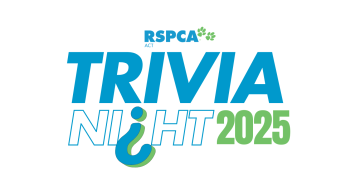People here asked for updates of space events of note, including particularly good opportunities for viewing the only place where humans live other than on Earth – the International Space Station.
So here are a few long ISS passes over the next three days. Friday’s pass is lower in the sky (see the maximum elevation of only 25 degrees – 90 degrees is straight up), so won’t be as bright as the other two days. there are shorter passes later on some days but I’ve culled passes of just 1 or 2 minutes.
Date: Friday, June 01, 2012
Time: 05:36 PM
Duration: 5 minutes
Maximum Elevation: 25°
Approach: 10° above SSW
Departure: 11° above E
Magnitude: -2.1 (pretty bright)
Date: Saturday, June 02, 2012
Time: 06:18 PM
Duration: 6 minutes
Maximum Elevation: 61°
Approach: 10° above SW
Departure: 15° above NE
Magnitude: -2.9 (quite bright)
Date: Sunday, June 03, 2012
Time: 05:24 PM
Duration: 6 minutes
Maximum Elevation: 57°
Approach: 10° above SW
Departure: 10° above ENE
Magnitude: -3.2 (Very bright – see the scale goes backwards? It’s logarithmic too, so a difference of 5 magnitudes means a brightness difference of exactly 100 times.)
And on Monday, there’ll be a partial lunar eclipse. The Earth’s shadow will overlap about 38% of the Moon from 19:59 to 22:06. Maximum eclipse 21:03.
Of course Wednesday will be all about the Transit of Venus. Check this website for an animation based on your location of the track of Venus as it passes in front of the Sun then loops back out again. Times for this are:
External ingress 8:16 – Venus touches edge of Sun
Internal ingress 8:34 – Venus completely within Sun’s disc
Closest to sun centre 11:30
Internal egress 14:26
External egress 14:44 – all done
Here’s hoping for clear skies, or I’ll have to go for a long drive to get photos. I’ve been practicing with the solar filters I made for the telescope and camera – here are early efforts.
If I don’t have to drive away to find clear skies, I’ll be home all Transit Day. Happy for people to drop me a line about dropping around for a look through the telescope.
If you are viewing yourself, please remember it is very dangerous. Any focusing of the sun using a lens without proper filtering will destroy your eye instantly. Here’s how to watch safely.
Now for enthusiasts, here’s a challenge. Iridium satellites are part of a sat-phone network. They have several shiny solar panels and cause very bright but short flares.
There are a few flares this next week but this one at Magnitude -6 will be much brighter than Venus at it brightest (-4.4), and should be right as you are walking out the office door.
Date: 6 Jun At: 17:23:40 Altitude: 70° Azimuth: 127° (SE )
Other flare details at http://heavens-above.com – log in so it knows your location for accurate predictions.
Enjoy folks!












